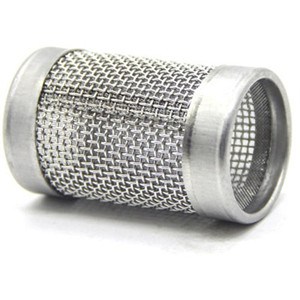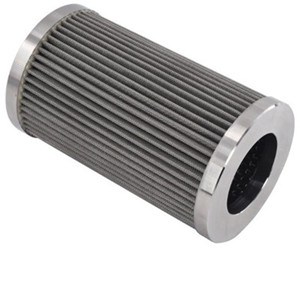Industrial strainers and filters efficiently eliminate undesired particulates from both liquids and gases.
The primary difference between strainers and filters are the particle sizes they remove.
Strainers remove visible and larger particles from liquids or gases, while filters remove tiny contaminants invisible to the naked eye.
The table below provides a brief description of the primary difference between filters and strainers:


| Difference | Strainer | Filter |
| functionality | The strainer traps debris, enabling the valuable liquid to flow efficiently through the system | The filter captures the valuable substance while allowing waste to pass through the system |
| re-usage | The strainer can be cleaned and reused | You can continue to use a filter until it becomes clogged, at that time you must change it |
| type of operation | The strainer is referred to as a coarse operation. | The filter is referred to as a fine filtration. |
| basic usage | The strainer is used to capture large chunks of the valve industry | The filter is used to remove particles or small microbes |
| pressure drop | The liquid or gas passing through the strainer will not undergo pressure drop | When liquids or gases pass through a filter, they experience a certain pressure drop. |
| Particles size | The strainers are used to remove particles larger than 40 microns | The filter are used to remove particles smaller than 40 microns |
| quick cleaning | Quick cleaning strainers need less downtime | Quick cleaning filters are impossible because they would spend a significant amount of time |

Leave a Reply